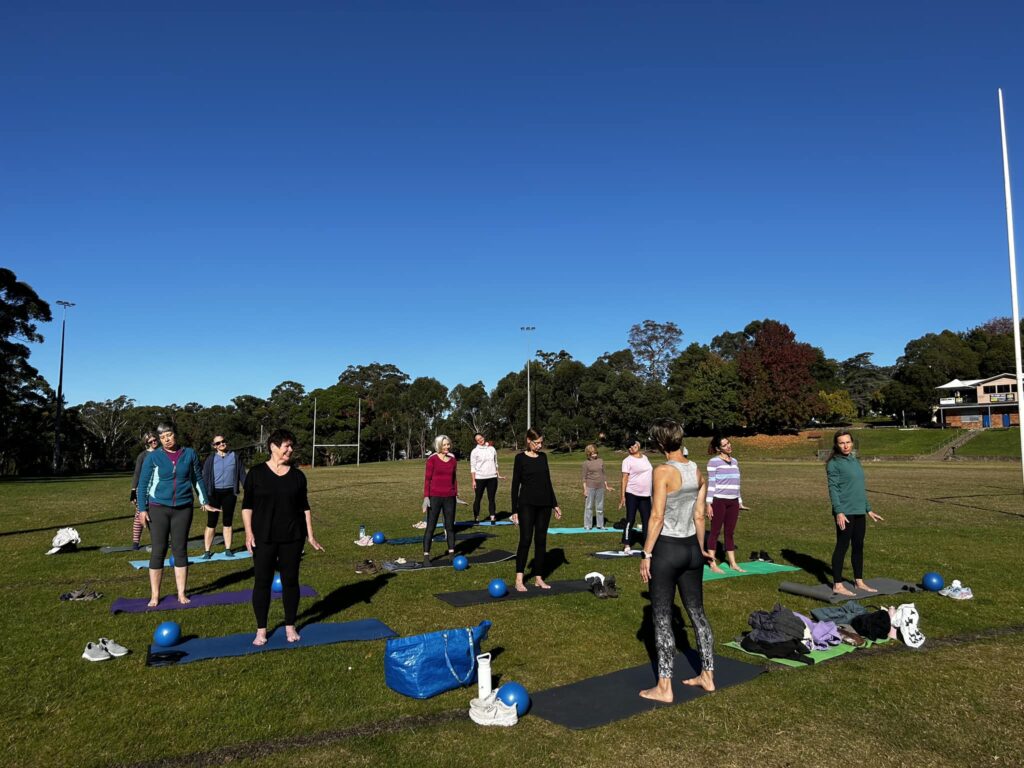Ticking Time Bomb: Managing Blood Pressure is Key to Longevity

Blood pressure and heart health are closely linked and are the key to longevity.
Blood pressure is a measure of the force exerted by circulating blood on the walls of arteries. It is a vital indicator of cardiovascular health. It’s influenced by factors like cardiac output, peripheral resistance, and overall blood volume, with optimal levels crucial for overall well-being.
When the heart contracts, it pumps blood into the arteries, causing a surge in pressure known as systolic pressure. This represents the maximum pressure exerted on the arterial walls during a heartbeat. This is the top or first number in a blood pressure reading.
The lower number, diastolic pressure, represents the pressure in the arteries when the heart is at rest between beats.
Generally a blood pressure reading of 120/80 mmHg is considered normal. However there is a range, with optimal values varying depending on factors such as age, sex, and overall health.
Risks
High or low blood pressure are often symptom-less conditions, but can be a ticking time bomb of potentially life threatening heart disease. Maintaining a healthy blood pressure is crucial for overall well-being. High blood pressure, or hypertension, can strain the heart and blood vessels over time, increasing the risk of cardiovascular diseases such as heart attacks and strokes. Conversely, low blood pressure, or hypotension, may lead to inadequate blood flow to vital organs, causing symptoms like dizziness and fainting.
Treatment
Lifestyle factors significantly impact blood pressure. A balanced diet low in salt and rich in plant foods, and whole grains, regular physical activity, maintaining a healthy weight, limiting alcohol consumption, and managing stress are key to promoting optimal blood pressure levels.
Treatment for high blood pressure often involves lifestyle modifications, such as dietary changes and exercise, along with medications when necessary, tailored to individual needs.
Exercising with high blood pressure (hypertension)
High blood pressure is generally asymptomatic, meaning most people won’t experience any symptoms until something dramatic such as heart attack, happens.
Exercise is a crucial component of managing high blood pressure, as it can help lower blood pressure and improve overall cardiovascular health. These are some exercises you may like to try:
- Aerobic Exercises: Anything that gets the heart pumping – think: brisk walking, jogging, cycling, swimming, and dancing help strengthen the heart and improve circulation. The government recommendation is for at least 150 minutes of moderate-intensity aerobic exercise or 75 minutes of vigorous-intensity exercise per week, spread throughout the week.
- Strength Training: Resistance exercises using weights, resistance bands, or body weight exercises like push-ups, squats, and lunges help build muscle strength, which can contribute to better blood pressure control. Aim to include strength training exercises at least two days per week, targeting major muscle groups.
- Yoga: Yoga combines physical postures, breathing techniques, and meditation, offering a holistic approach to managing hypertension. Practicing yoga regularly can help reduce stress, promote relaxation, and improve flexibility and balance, all of which contribute to better blood pressure management.
- Tai Chi: Research suggests that practicing Tai Chi can lower blood pressure, improve cardiovascular fitness, and reduce stress. Its gentle, low-impact nature makes it suitable for people of all fitness levels, including those with hypertension.
- Interval Training: High-intensity interval training (HIIT) involves alternating between short bursts of intense exercise and periods of rest or low-intensity activity. HIIT workouts can be effective for improving cardiovascular health, increasing aerobic capacity, and lowering blood pressure.
As always, it is recommended that you consult a doctor and trained exercise professional before starting any exercise program, especially if you have high blood pressure or other medical conditions.
It’s also crucial to listen to your body, start slowly, and gradually increase the intensity and duration of your workouts to avoid injury and optimise the benefits of exercise for managing high blood pressure.
Exercising with low blood pressure (hypotension)
People with low blood pressure often feel dizzy. Exercise can help as it improves circulation, increase heart rate, and boost overall cardiovascular health. However, it’s essential to choose exercises that are safe and suitable for managing low blood pressure. Here are five exercises that can help:
- Walking: This gentle and low-impact exercise that can help raise blood pressure gradually. Avoid sudden changes in position, such as standing up quickly, which can cause a drop in blood pressure.
- Leg Exercises: The legs have big muscle groups and contracting them can help improve blood flow to the heart and raise blood pressure. Simple leg exercises such as leg lifts, calf raises, and thigh squeezes can be done while sitting or lying down.
- Water Exercises: Water provides support and reduces the risk of falls, making it an ideal option for those with hypotension. Water exercises also promote circulation and help maintain cardiovascular fitness without putting excessive strain on the body.
- Yoga: Yoga combines gentle movements, deep breathing, and relaxation techniques, making it suitable for individuals with low blood pressure. Certain yoga poses, such as gentle inversions like Legs Up the Wall pose or Supported Bridge pose, can help increase blood flow to the upper body and stimulate the nervous system, potentially raising blood pressure. However, avoid holding inverted poses for too long to prevent dizziness or lightheadedness.
- Resistance Band Exercises: Resistance band exercises are gentle yet effective for strengthening muscles and improving circulation. Using resistance bands, you can perform a variety of upper and lower body exercises, such as bicep curls, shoulder presses, and leg extensions, while sitting or lying down. Start with light resistance and gradually increase as you build strength and tolerance.
As with many medical and health ratings, regular monitoring and appropriate management are vital components of maintaining healthy blood pressure levels.
For more information on heart health, visit the Heart Foundation
Book a FREE strategy session with Anja. Click here to select a time that suits you and discover how you can make lasting health and wellbeing habits.
Looking to add more exercise into your week? Join Anja for HIIT, Barre and Pilates classes. Timetable

